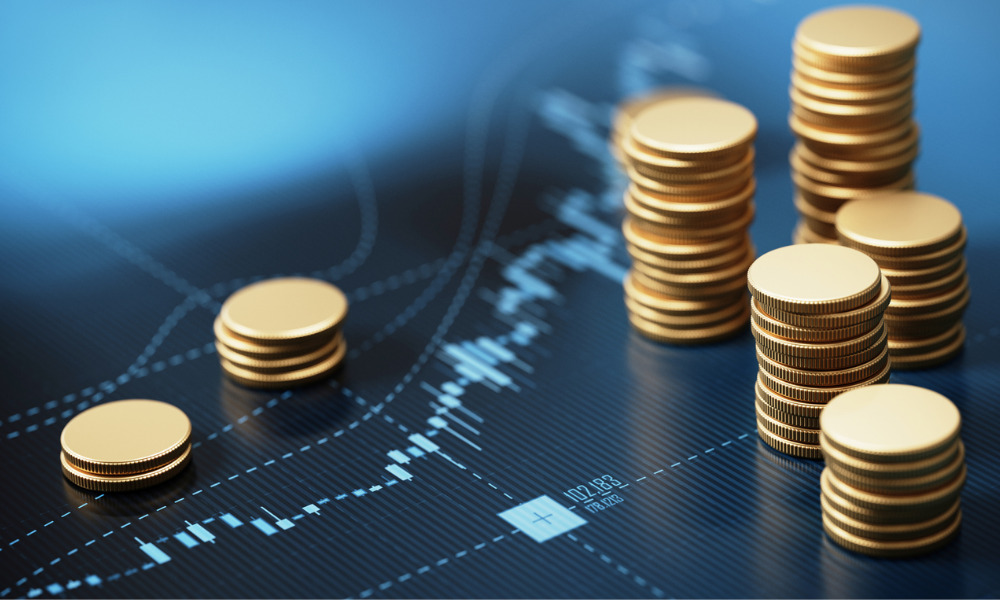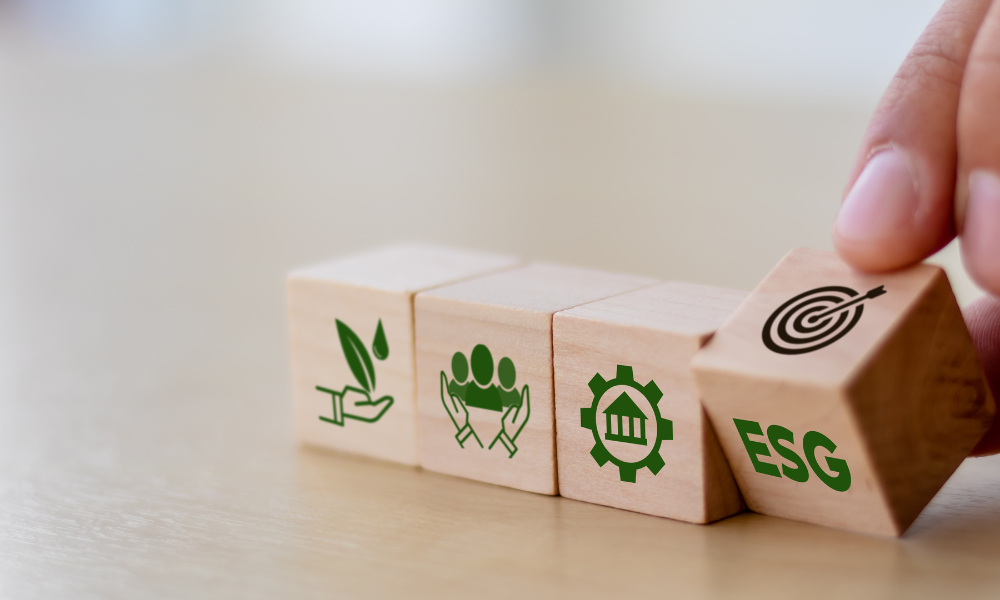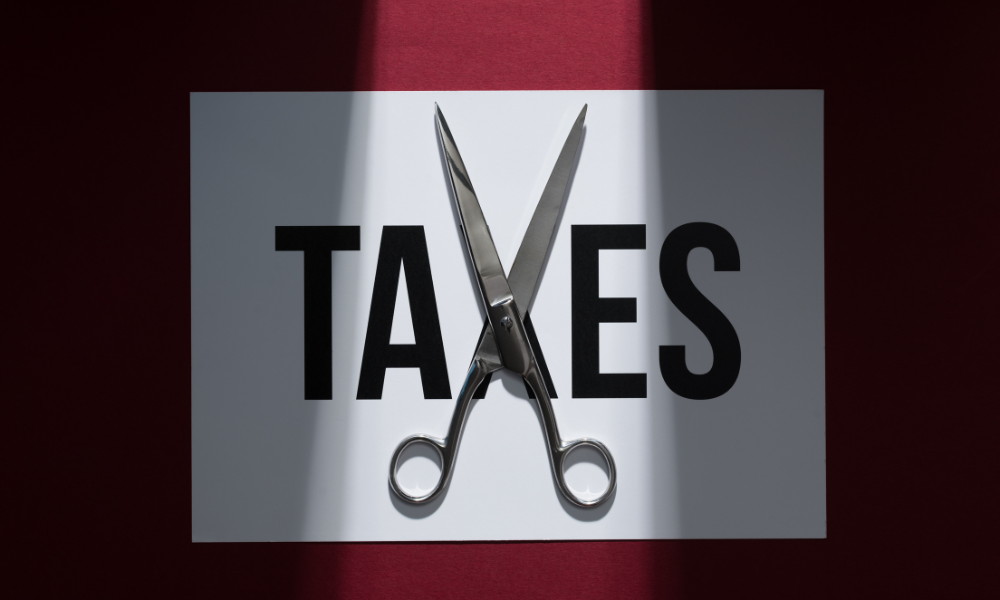AGF VP and PM says conditions for companies to increase dividends – and possibly outperform in the process – are coming together

As the shadow cast by the COVID pandemic over dividend-paying companies slowly recedes, it may be time for North American investors to position their portfolios accordingly.
In a new commentary, Stephen Duench, vice president and portfolio manager at AGF Investments, said few North American companies in aggregate have raised their dividends since the global pandemic hit almost two years ago. The ones that have, he added, haven’t seen the same rewards they would use to expect from hiking dividends previously.
“For example, dividend growers listed on the S&P/TSX composite index in Canada underperformed the broad index by more than 15% earlier this year and they continue to lag today,” Duench said, citing research done by AGF. Dividend-hikers among the S&P 500, he added, haven’t fared much better.
But moving forward, dividend growers are arguably set for brighter days. One cause for confidence, he said, is the prospect that improved earnings growth will have a positive knock-on effect on dividend growth as the two have a strong positive correlation. The recent spike in U.S. earnings growth – it topped 30% to reach the highest level in almost a decade – puts near-term U.S. dividend growth of anywhere between 9% and 15% within the realm of reasonable speculation.
The most likely main driver of dividend growth in the North American market, Duench suggested, will be the financials sector. He pointed to Canadian and U.S. banks, which recently saw pandemic-prompted caps on their dividend increases being lifted. Life insurance companies and REITs on average, he said, should likewise be set to raise their payouts.
“Energy and Materials are two areas of the market [where] dividend growth has already spiked more recently, and this should continue given generally strong fundamentals and improving cash flow,” he said. “At the same time, companies in non-cyclical sectors that exhibit these same traits can also be expected to raise their dividends going forward.”
Further bolstering the case for dividend hikes is the weakened possibility of buybacks going forward. With valuations depressed last year, companies were more inclined to repurchase stock in order to support value for their shareholders. But amid higher valuations and with a 1% tax on U.S. corporate buybacks on the table, repurchasing stock has become a relatively less desirable option compared to paying a dividend.
“[T]he probability [of outperformance] is enhanced for companies that grow their dividend more aggressively than those who don’t, our research shows,” Duench said. “So, if dividend growth truly is back, investors may not want to miss out on it.”



